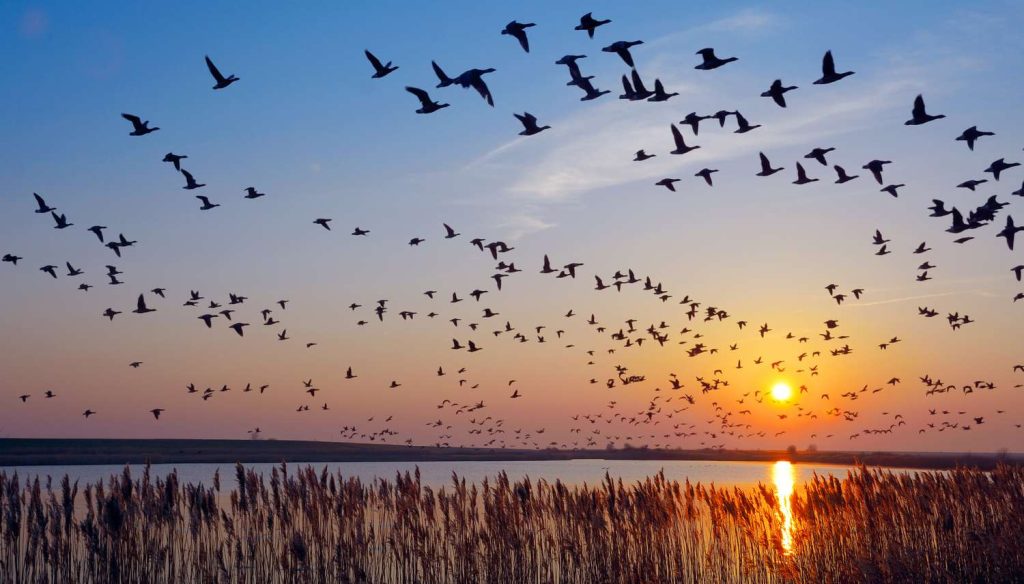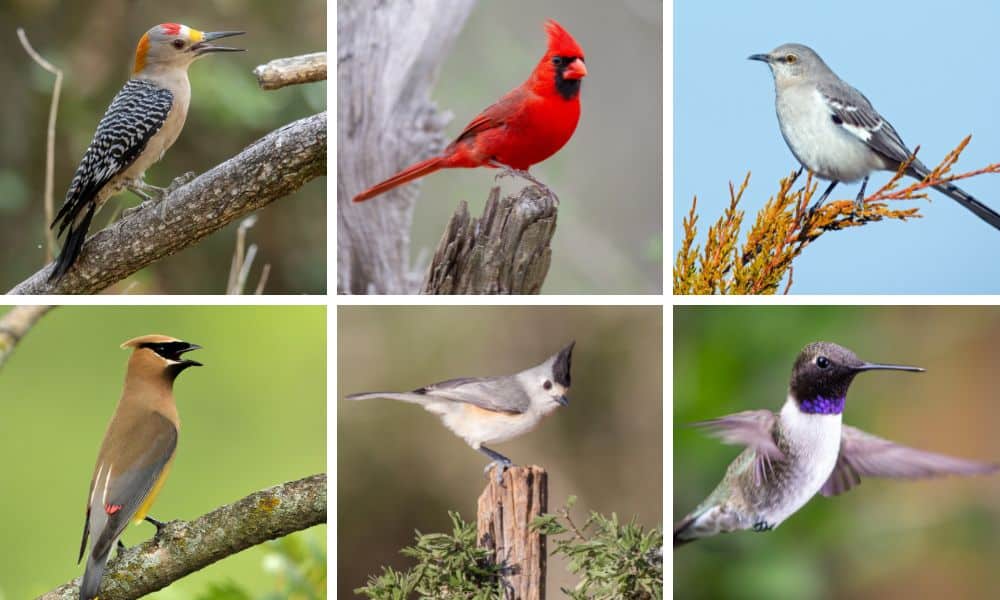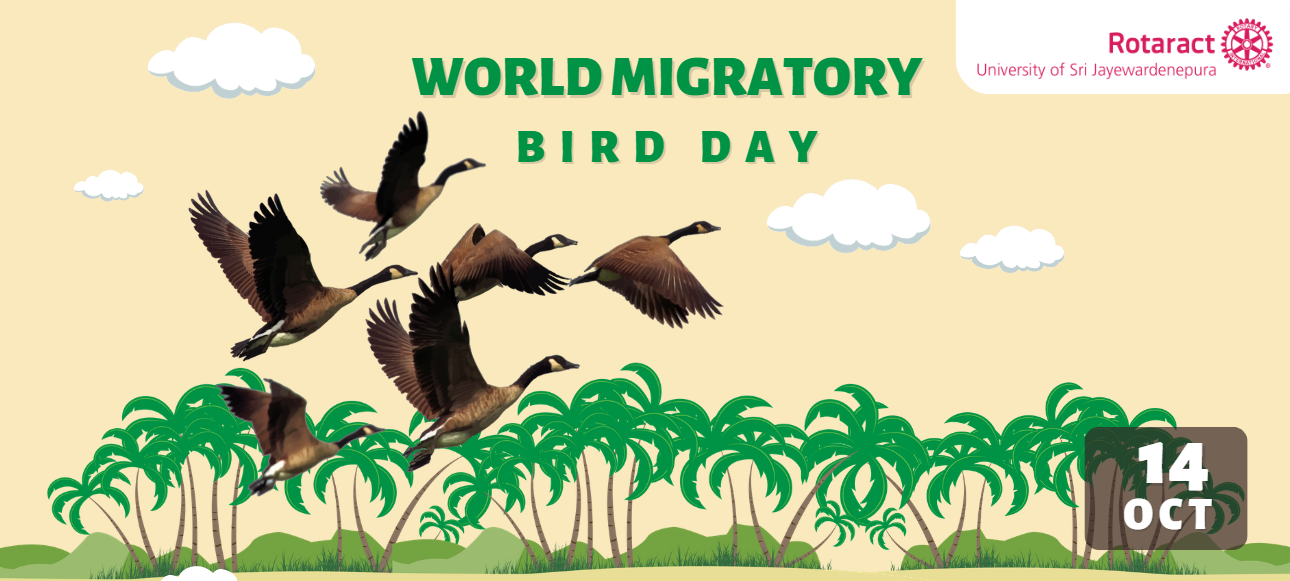Feathers as bright as the rainbow, flights so magnificent stealing all the attention in the sky, how dull would it be on earth if we never witnessed the charm of birds? Bird migration is one of the great miracles of nature that signifies their intelligence, endurance, and strength. Migratory birds fly hundreds and thousands of miles to escape unfavorable climates and environments seeking better chances of their and their offspring’s survival. Evading the onslaught of predators and transmission of diseases are some other reasons for migration. Their annual migratory patterns are closely tied to seasons allowing them to thrive in two climatic regions ultimately driving them back to their homelands at the end of the arduous journey of adaptation. Bird migration is often referred to as “nature’s highways” and these aerial highways connect distant parts of the planet, creating a web of life that binds ecosystems together. As birds play essential roles in pollination, seed dispersal, and controlling insect populations their movements help maintain the health and balance of ecosystems, and their journey is inextricably linked with the well-being of our planet.

World Migratory Bird Day is globally celebrated on two peak days in May and October every year shedding light on the awareness about migratory birds and their conservation. The theme this year is dedicated to rationalizing is, “Water: Sustaining Bird Life”, which focuses on the importance of water and its associated habitats, the prevalent threats to water quality and quantity with regard to migratory birds’ being. Water, the essential source of life, is especially vital to migrant birds as they rely on water in their entire lifestyle for drinking, feeding, nesting, resting, and refueling during their long journeys. Notably, a vast majority of migratory birds depend on aquatic ecosystems such as inland and coastal wetlands, rivers, lakes, streams, ponds, marshes, and coasts during the life cycle. However, these aquatic habitats are under increasing threat from human activities, such as overexploitation, pollution, climate change, invasive species, and land use change. These threats are having a direct impact on the quantity and quality of water available to migratory birds especially the species of waterbirds, shorebirds, seabirds, and songbirds.

Sri Lanka, being an island characterized by distinct climate zones, such as the arid northern plains and the lush, mountainous central region encompassing the Colombo coast, provides welcoming environments for these vibrant creatures. The island’s favorable, moderate climate and the presence of abundant natural habitats with sufficient food render it an excellent choice for migratory birds to outlive their difficult times like winter. Barn Swallow, Greater Flamingo Western, Reef Heron, Pacific Golden Plover, Pin-tailed Snipe, Black-tailed Godwit, and Garganey are some mostly seen aquatic, migratory beauties who visit Sri Lanka. These colorful and distinct bird species grace our shores during their migratory journeys, adding to the natural beauty of our surroundings. Their presence not only highlights the diverse avian life but also underscores the significance of our aquatic ecosystems as welcoming stopovers for these remarkable travelers. Preserving our wetlands, lagoons, and coastlines is our responsibility to safeguard migratory birds’ presence and vibrancy in our landscapes.
Per the Convention on Biological Diversity (CBD), wetlands are vanishing at a rate three times swifter than forests, and over 40% of the global bird species are experiencing a decline in their populations. To safeguard migratory birds and their ecosystems, we need urgent action to address the primary causes of biodiversity decline. In December 2022, the global community adopted the ambitious Kunming-Montreal Global Biodiversity Framework, aiming to halt and reverse biodiversity loss by 2030. This framework includes specific targets for conserving migratory birds, their habitats, and the sustainable management of water resources. Achieving the objectives of international agreements like the Convention on Migratory Species Ramsar Convention on Wetlands, and the CBD further assures both migratory bird conservation and the management of the world’s water resources. It requires a comprehensive approach involving the participation of all sectors of society. Now just take a moment to awaken a thought, more of a promise to yourself, protect aquatic environments! Cherish a myriad of precious migratory bird creatures!
Written by: Rtr. Gayanjalee De Silva
Graphic design by: Rtr. Sathmi Dinanja



0 Comments